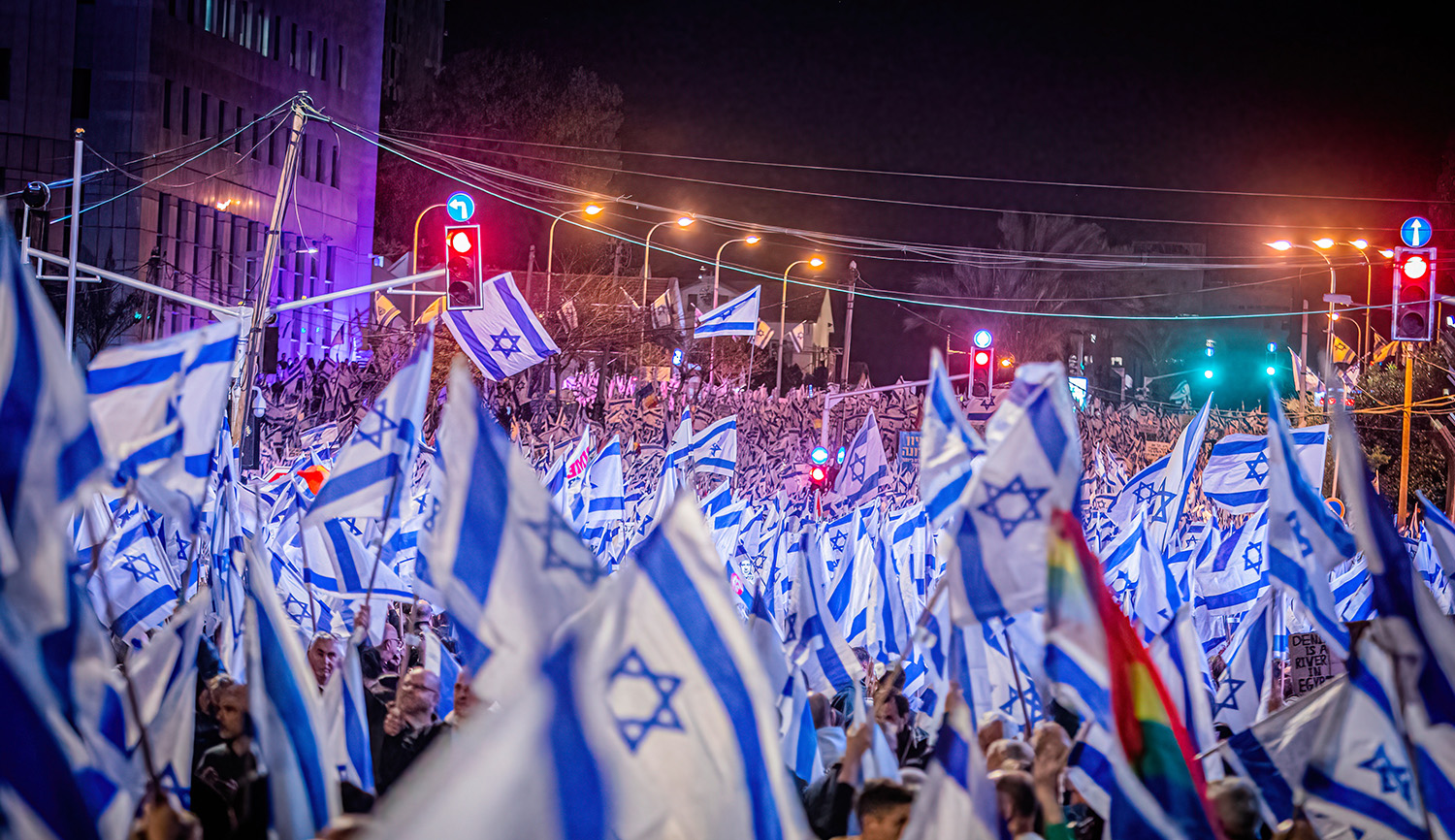On Sunday, Nihad Awad, the executive director of the Council on American-Islamic Relations (CAIR), sent a Tweet noting the supposed anniversary of the death of the child Mohammad al-Dura, “who was murdered by Israeli soldiers eighteen years ago.” But, as Awad surely knows, it has long since been demonstrated that Dura was not murdered or even injured on that day. Rather, the France2 news channel had shown deceptively edited footage of the then-twelve-year-old Dura and falsely claimed that he had been shot by the IDF on the third day of rioting at the start of the second intifada. The story of Dura’s “murder”—not unlike the ritual-murder accusations of the Middle Ages—sparked mob violence against Jews in Europe; it was also used to justify suicide bombings in Israel. Richard Landes recalls being among the first to see the original and complete raw footage:
What I saw astonished me. In scene after scene, Palestinians staged scenes of battle, injury, ambulance evacuation, and panicked flight, which the cameramen deliberately filmed, all the while standing around in front of the Israeli position, completely unafraid. To judge by [the France2 cameraman Talal] Abu Rahma’s 21 minutes of film, and a Reuters cameraman’s two hours, [Ramallah’s] Netzarim Junction that day . . . was the site of multiple makeshift stages upon which cameramen, most Palestinian, some foreign, filmed “action sequences” performed by everyone from military men with guns to teenagers and kids standing by.
At one point in our viewing, a very large man grabbed his leg and began to limp badly. Perhaps he had not faked his injury convincingly enough, perhaps his size discouraged anyone from picking him up. In any case, only children gathered around, whom he shooed away, and, after looking to see no one was coming, he walked away without a limp. . . .
When Landes asked Charles Enderlin, the France2 correspondent who aired the story—and who has persisted in defending it—about the faked injuries, he responded, “Oh, they do that all the time. It’s a cultural thing.” Landes writes:
The TV news media were “in” on a secret that they kept from the public. Palestinians faked scenes and journalists regularly edited that footage, taking small, believable soundbites and stringing them together to present the Palestinian narrative of victimization by the Israeli Goliath. . . . Thus, talented, respected journalists like Enderlin, perhaps unaware, perhaps unconcerned, perhaps just glad to have material, could offer stories of clashes between Palestinian children throwing rocks and Israelis soldiers armed to the teeth, and pepper them with high casualty figures for the [alleged] Palestinian victims, all to the background footage of injury and evacuation. . . . So far as Enderlin was concerned, the Durah story was believable precisely because it “corresponded to the situation in the West Bank and Gaza Strip at the time.”
More about: Anti-Semitism, CAIR, Israel & Zionism, Media, Second Intifada


